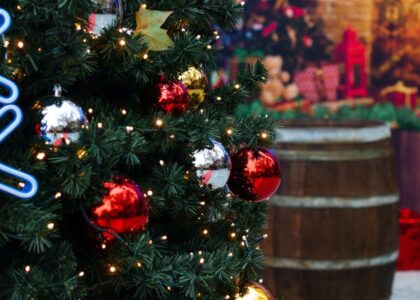Math and Science Behind Artificial Christmas Trees
Artificial Christmas trees have become a staple during the holiday season, offering an easy and convenient option for families who want to decorate their homes without the hassle of a real tree. These trees have come a long way since their inception, and the technology behind them continues to evolve, making them a popular choice for many. But what goes into making an artificial Christmas tree, and how do math and science play a significant role in their production?
The first artificial Christmas tree was created in the 19th century using goose feathers dipped in dye and wrapped around a wire frame.
Today, most artificial trees are made from PVC plastic and are produced in factories using machinery specifically designed for this purpose. The math and science behind creating these trees are crucial to ensure they are safe, durable, and aesthetically pleasing.
One essential aspect of creating artificial trees is determining the correct proportions for each branch. This is where math comes in. Designers must calculate the spacing between each branch, the length of each needle, and the size of each section to create a realistic-looking tree. Additionally, the science of materials comes into play when considering the best plastic types for the branches and trunk. Different plastics have different properties, such as stiffness and flexibility, affecting the tree’s overall appearance and durability.
Preschool and High School Uses of Artificial Christmas Trees
Artificial Christmas trees are not just for home décor. They can also be used in preschool and high school classrooms to enhance learning experiences. For preschoolers, an artificial tree can be used as a backdrop for storytime or as a prop for imaginative play. Teachers can encourage children to decorate the tree with handmade ornaments, fostering creativity and hands-on learning.
In high school, artificial trees can be incorporated into science and math lessons. For example, students could use a tree to practice measuring skills or learn about balance and weight distribution physics. Teachers could also use an artificial tree to demonstrate how technology has evolved, comparing the feathers-and-wire trees of the past to the high-tech plastic models of today.
In conclusion, artificial Christmas trees are a popular and practical choice for holiday décor. But beyond their aesthetic appeal, they also showcase the importance of math and science in our everyday lives. Whether creating a tree from scratch in a factory or using it as a hands-on teaching tool, the art and science of artificial trees play a significant role in our holiday traditions and education.






Recent Comments